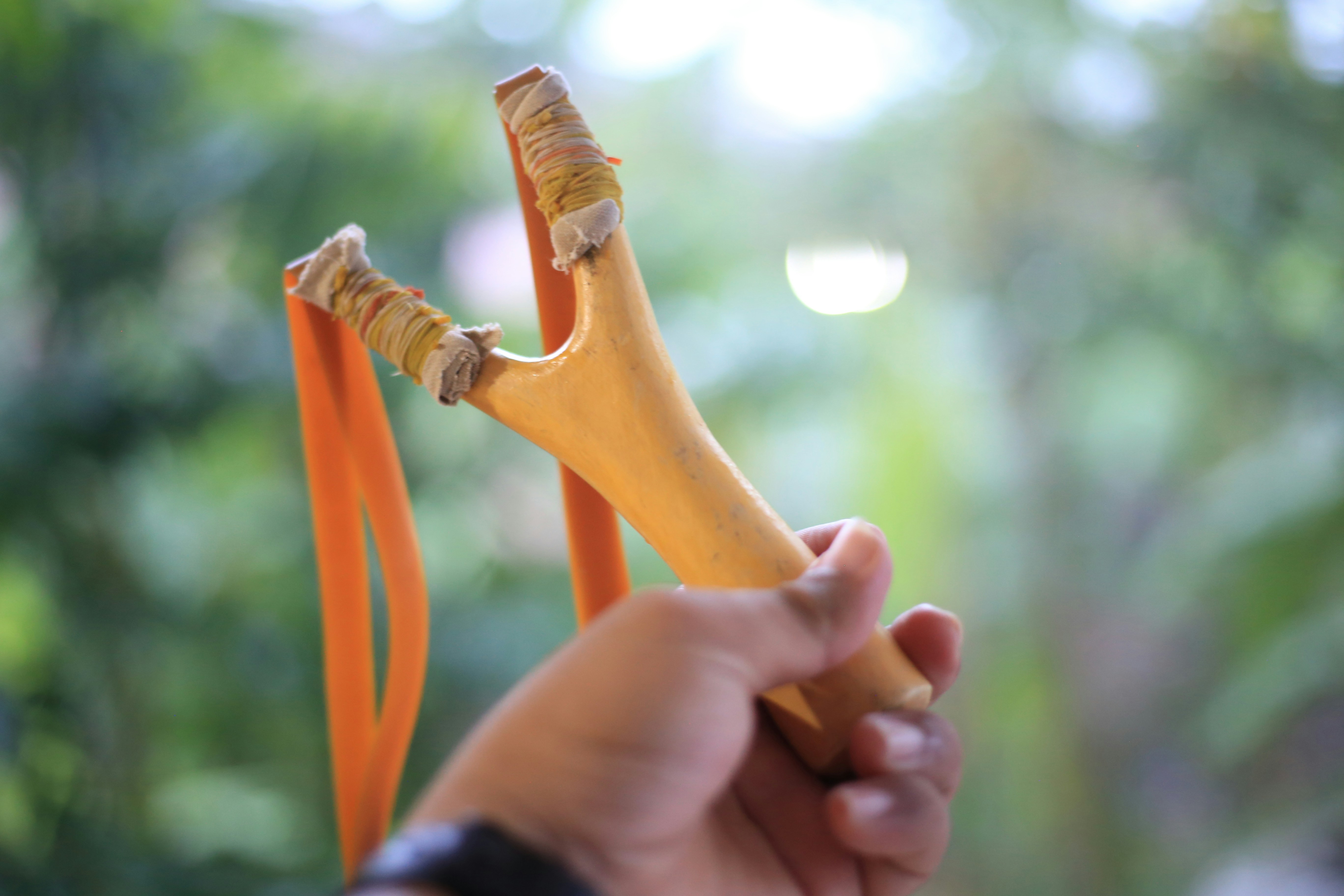This was also published on the MattPlaysChess Substack. Join me there!

Photo by Sovannkiry Sim on Unsplash
At my daughter’s high-school cross-country banquet this fall, her coach shared a metaphor I haven’t been able to shake. She stood in front of a room full of teenagers and parents and talked about the season like a slingshot. How every setback, tough workout, injury, or disappointing race was the “pull-back.” The harder the struggle, the farther back you get drawn. And if you stick with it, if you don’t quit while the band is stretched to its limit, eventually there’s a release. You snap forward. You surge.
It was meant for the runners, but the moment she said it, my brain filed it under chess.
Because that’s exactly what the slow, frustrating, sometimes-humbling process of chess improvement feels like. You study, you lose, you blunder, you plateau. Week after week, you get pulled back. It feels like regression, like failure, like the band is going to break.
But maybe it isn’t breaking. Maybe it’s charging up with energy.
This idea isn’t new — performance coaches use the same image. Athletic trainer Alden Mills describes it this way: “Achieving great goals requires going backwards before you go forwards — just like shooting a slingshot.” It’s a simple analogy, but it captures something true about effort, discomfort, and delayed breakthroughs.
Pulled Back
What struck me most about the metaphor is how well it matches the real, messy version of adult chess improvement. Not the polished, engine-perfect world online, but the part where the “pull-back” isn’t poetic at all. It’s concrete. It’s painful.
It’s the blunder on move ten that ruins your entire day. The losing streak that arrives out of nowhere and overstays its welcome. The study plan that never seems to show up on the board. The tournament where you feel like you’re finally playing well, only to get paired against three kids who calculate faster than you blink.
Improvement in chess rarely feels like forward motion. Most of the time, it feels like being dragged backward by a rubber band you can’t see. You put in the work, and somehow your rating still dips. You do everything “right,” and the results refuse to cooperate.
But if the slingshot metaphor is right, that backward motion isn’t failure… it’s tension. It’s stored energy. It’s the necessary discomfort before acceleration.
Potential Energy
This is what I like about the slingshot idea: it reframes the hardest parts of chess — the plateaus, the losses, the study that doesn’t seem to “work” — as something useful. Not mistakes. Not regressions. Just energy being stored.
In physics, a slingshot works because of elastic potential energy — the energy stored in a stretched band. The farther you pull it back, the more power it holds. Nothing about it looks productive while the band is stretched, but all that tension becomes the force that launches the stone when you finally let go.
I think chess works the same way.
Every time you review a painful game instead of pretending it didn’t happen, you’re pulling back the sling. Every hour spent calculating a line that never appears in your next dozen games is tension added to the band. Every long tournament where nothing quite comes together is another inch of stretch.
It rarely feels like energy at the time. It feels like futility. But eventually something happens. Sometimes it is small, sometimes it is sudden, but eventually the release kicks in.
Maybe your pieces finally coordinate the way you’ve been studying. Maybe your calculation holds under pressure for the first time. Maybe you trust your intuition in a way you couldn’t months ago. Or maybe you don’t notice it until you look back and realize you’re handling positions today that used to terrify you.
These moments almost always arrive after frustration. After the tournaments that feel like setbacks or the months when study seems stuck in neutral. But when the release comes, chess feels different: lighter, sharper, more natural.
The breakthrough only happens because of the tension. The pull-back isn’t a detour from improvement — it is the improvement.
Release
The more I think about that banquet, the more I realize the slingshot metaphor is really about trust. Trust that the backward motion has meaning. Trust that the frustration is doing something. Trust that the tension you feel today is shaping the player you’ll be months from now.
Chess improvement is quiet. It’s slow. It rarely announces itself. Usually you only see it in hindsight: when you notice you’re calmer in critical moments, or you’re calculating more clearly, or you’re choosing plans you wouldn’t have considered a year ago. The release always feels sudden, but the work that made it possible was happening the whole time.
Every loss, every long study session, every tough draw — it’s all potential energy. It’s all part of the stretch.
The hardest part is remembering, in the middle of a slump or a bad tournament, that you’re still being pulled back, not broken. And that the release always comes. You just have to hold on long enough to feel it.